With the rising popularity in SUVs (Sports Utility Vehicles) and larger people carriers, consumers now are flooded with car terminologies that can be confusing to understand. At the base of this lies the choice of drivetrains – components that deliver power to the driving wheels. With letters and numbers coming together to form abbreviations like AWD, 2WD and 4WD, which of these are best suited for you? Don’t worry as we explain these abbreviations in the most basic terms, the types available, benefits and drawbacks, and which will fit your needs.
Two-Wheel Drive (2WD)
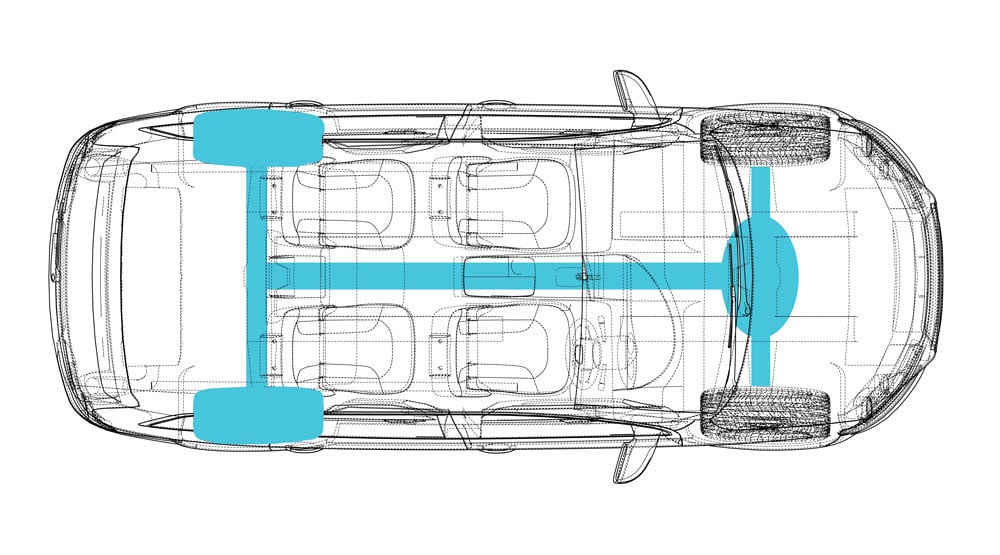
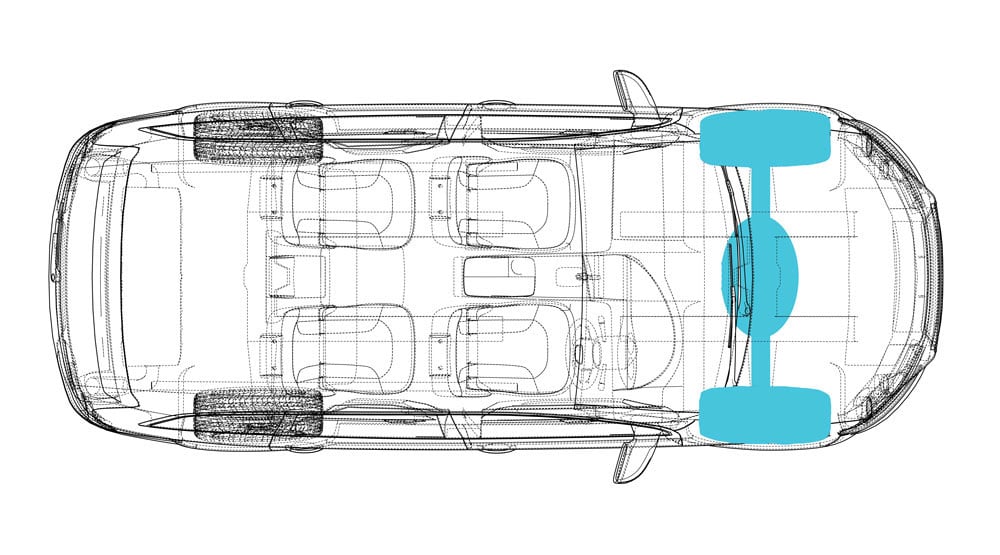
Most cars on the road are two-wheel driven. This is separated by front-wheel drive (FWD) and rear-wheel drive (RWD) options, denoting which side of the wheels are powered by the engine. The FWD set up is the most common with most passenger cars. It is commonly more economical to build and run, and provides better use of space compared to RWD cars. FWD options are also better in ascending hills and mountains as the engine’s weight is placed up front.

The RWD set up on the other hand are more common in premium and performance vehicles. Generally, these cars handle better as the weight distribution is balanced more evenly between the front and rear. Additionally, because the front wheels do not have to do both driving and steering, the suspension can be tuned to enhance handling.
Four-Wheel Drive (4WD)
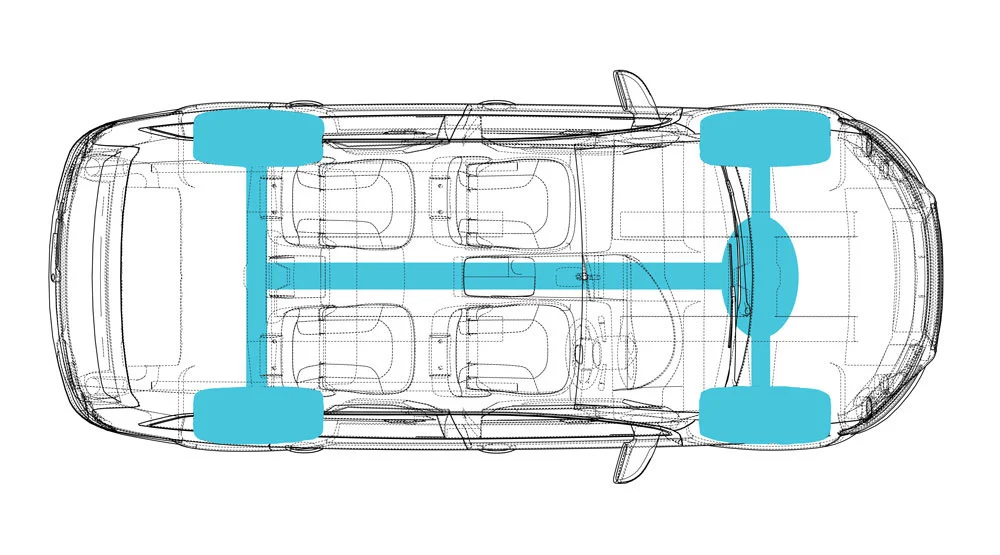
Often mistaken and used interchangeably with AWD, 4WD is normally reserved for vehicles that can handle rougher terrain, off-road driving and low-traction conditions. 4WD systems today are split into three main types – part-time, full-time and automatic modes.

Part-time systems are mainly 2WD for road use until the driver requires the system to be in 4WD during severe off-road conditions. The driver is then needed to switch manually to the 4WD mode. Because of the way part-time systems are set up, it must be switched back to 2WD mode when on normal road conditions, as to prevent damage to the drivetrain.
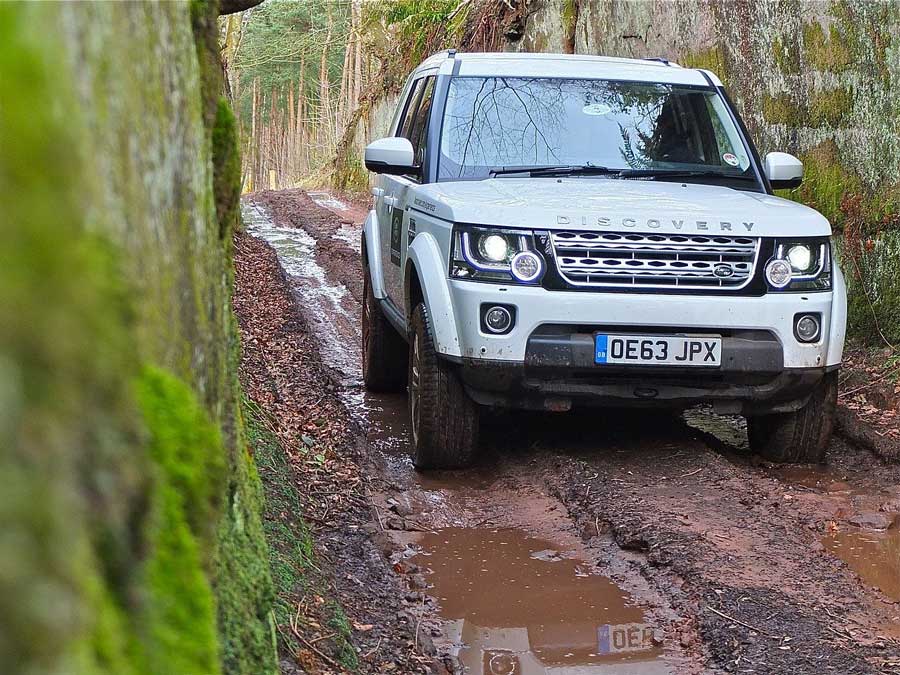
Full-time systems as the name suggests, always have the engine powering each wheel all the time. With this system, there is no risk to drivetrain damage as there is a centre differential to cope with the tyres rotating at different speeds during a turn.

Automatic 4WD is a hybrid of the two, operating on 2WD until certain road conditions where the system will automatically switch the drive to 4WD mode. When it comes to fuel economy, the automatic and part-time systems do provide better mileage compared to the full-time system.
All-Wheel Drive (AWD)
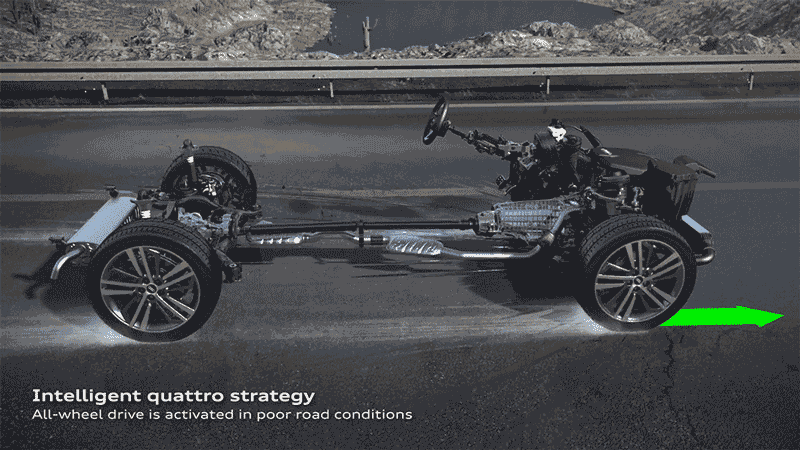
The main purpose of AWD vehicles is to provide the best traction possible on all weather conditions (rain, snow, mud, sand, etc) apart from off-road terrain. The most simplified explanation of AWD vehicles is that the engine can send power to the wheels which are not-primarily driven. This means FWD vehicles sending power to the rear when needed, and vice versa. However not all AWD systems are the same.
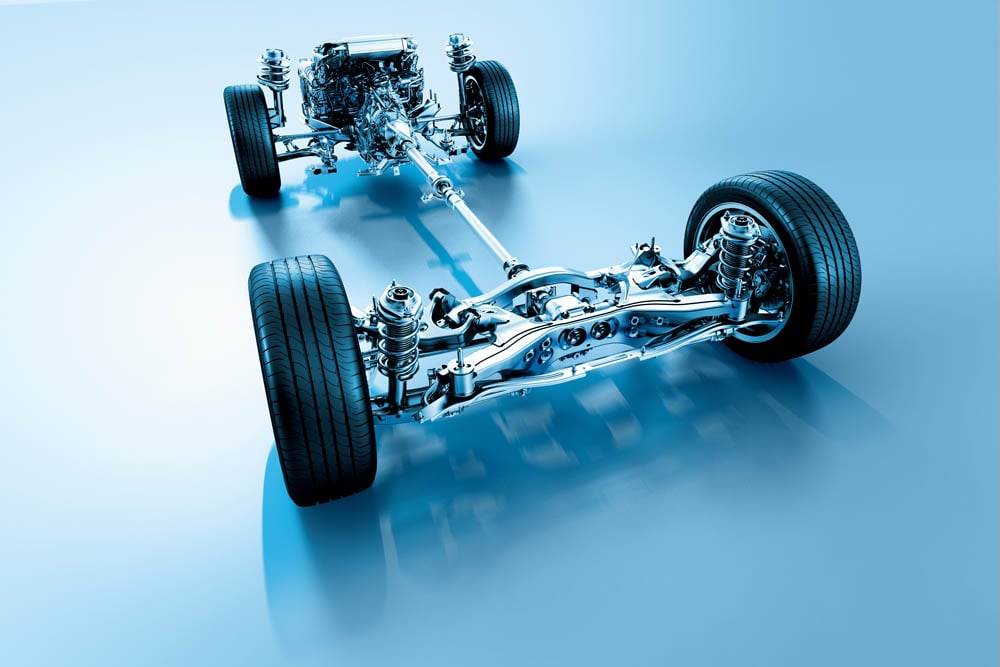
Although most AWD systems are derived from 2WD drivetrains, there are others that do provide constant power that is split between the front and rear. The range in general includes systems that are predictive, on-demand, symmetrical, full time and more, available on most mass market manufacturers. Most importantly, most of them use software and sensors to detect wheel slip, activate traction control and react quicker to distribute engine torque to the wheels with more grip.
Which is best for you?

This all depends on your lifestyle and where you drive to daily. If you mostly drive to work and back, the simplicity of a 2WD either FWD or RWD will be sufficient for your commute. If you prefer heading off the beaten path but still want to be practical on the road, a part-time 4WD or AWD system should serve you well. As for thrilling adventure seekers, part-time 4WD still serves its purpose well, but if you want the ease and comfort of having a full-time 4WD system, the convenience will be well worth it.
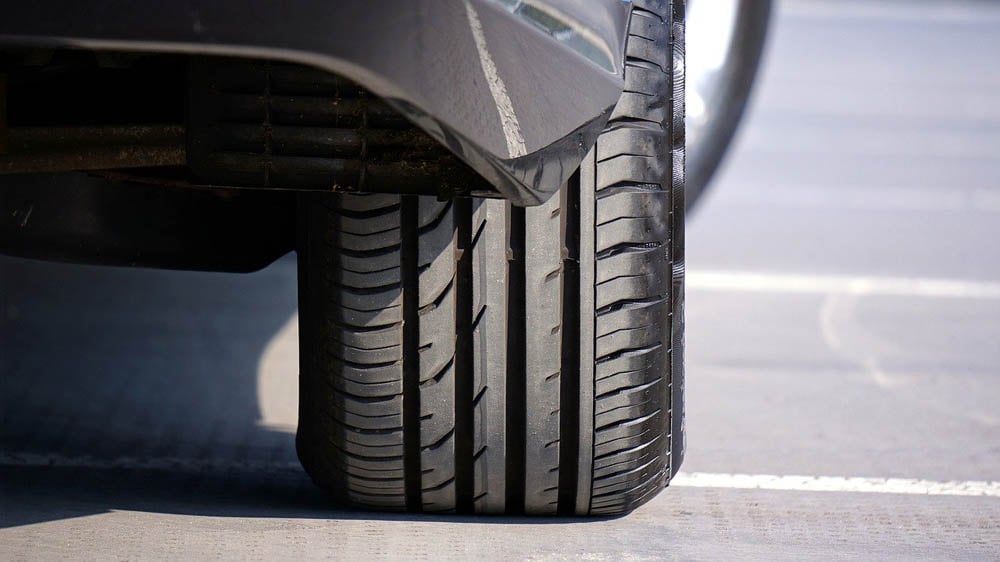
Even so, with Malaysia’s tropical climate seeing rain and shine all year round, it is no surprise why local consumers are gearing towards an AWD SUV or 4WD pick-up truck as their next ride. One thing to remember is, despite having all these systems to help you during your drive, nothing is more important than having good tyres that are the only connection between your car and the road.
Click here to find out more about Subaru’s Symmetrical AWD system and what it can do!
Mitsubishi’s Triton Quest is Malaysia’s most affordable pick-up truck. Click here to find out more!
Trade-in your car for an SUV! Sell your car to Carsome today!
